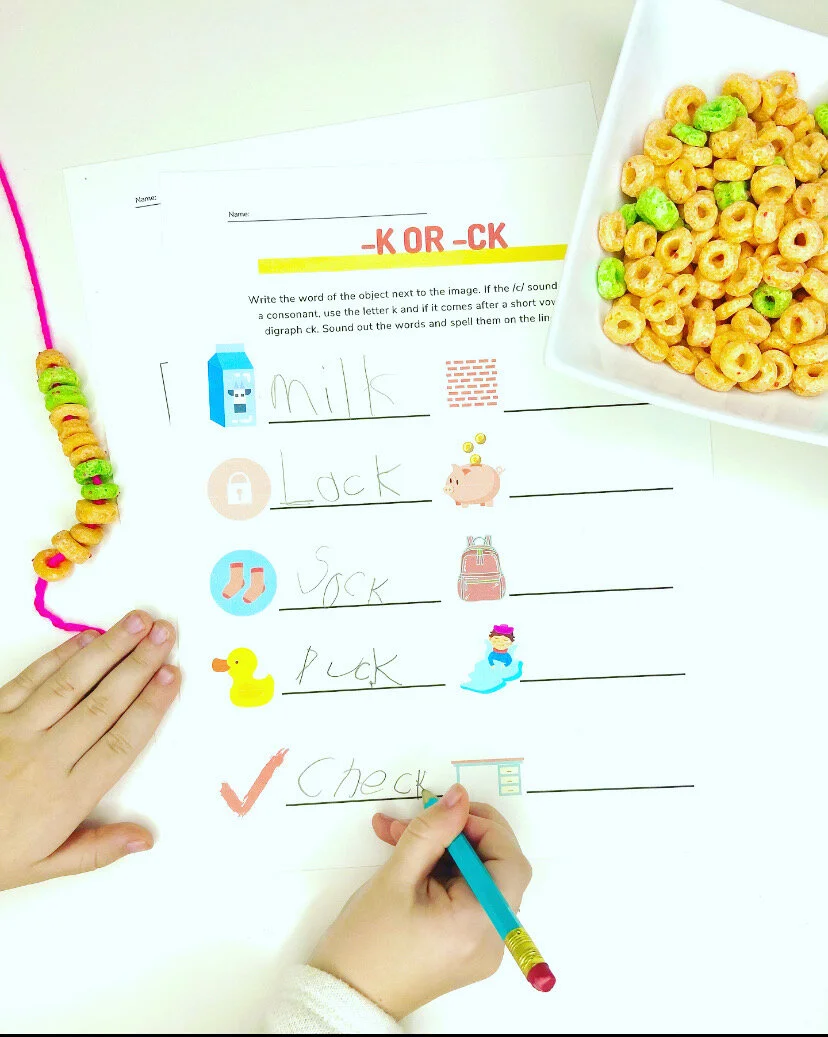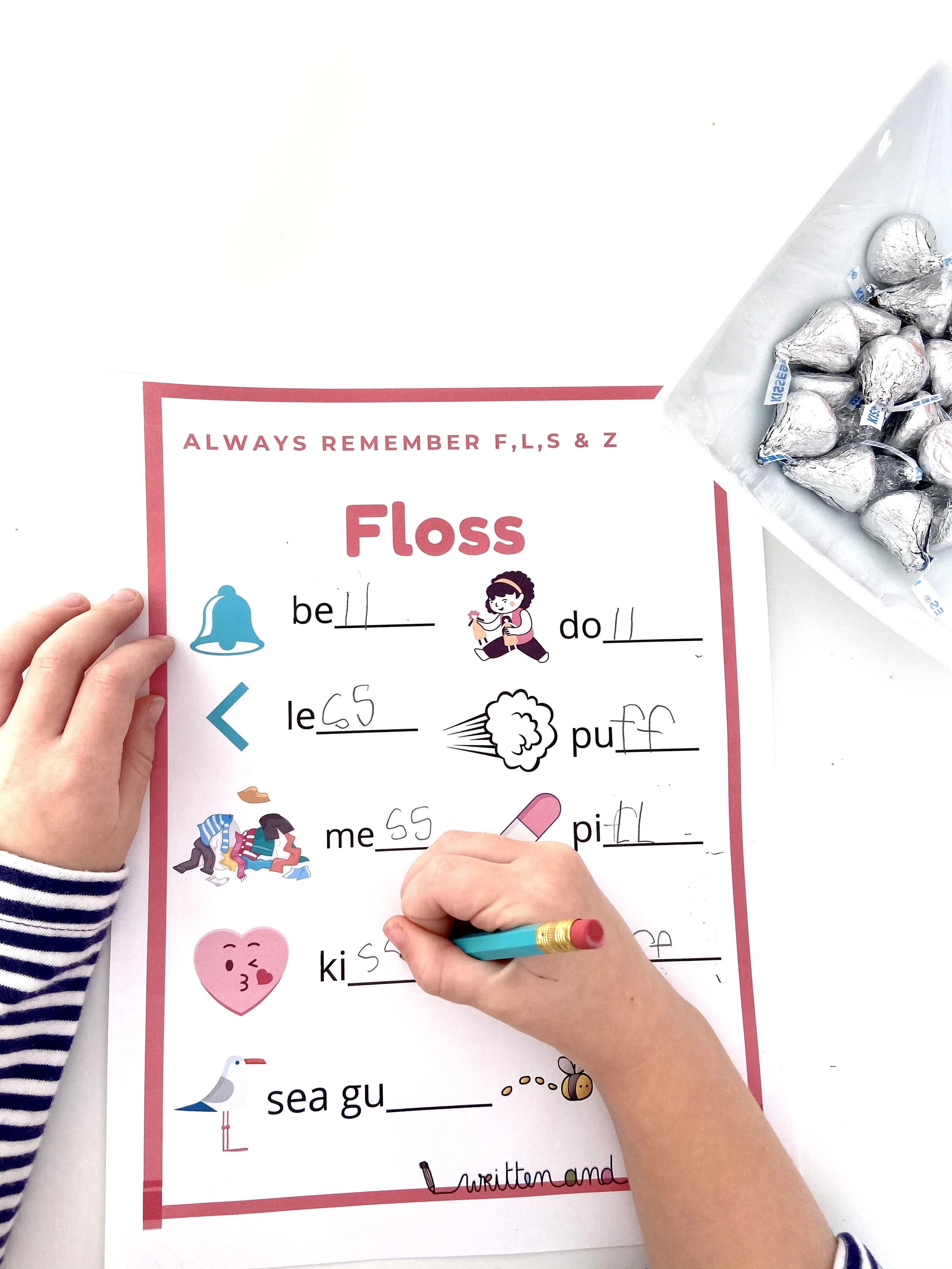5 Reasons to Read Wordless Picture Books to Any Age (Plus a Few Great Titles)
/As a reading teacher, I most often get the question, "What's it say?" So when I help a child pick out a wordless picture book I can turn the tables and ask, "What do you see?" These books are typically given to young children but they can be utilized in creative ways for almost any age, even teenagers.
Here are some reasons to pick one up:
1. To teach a love of books to any child, even reluctant readers.
Sometimes parents say their child just doesn't like books and often teachers say they just haven't found the right ones yet. There are lots of reasons that parents and teachers struggle to help children love reading but most kids are easily captivated by beautiful images. For struggling and new readers, wordless picture books take the pressure off and help them gain confidence when they learn that reading the pictures is too a form of reading. Wordless picture books engage emerging readers who can tell a detailed story about the images. And for developed readers, picture books make them feel young again. Allowing older children to read wordless picture books can evoke a cozy and nostalgic feeling or a sense that they are "getting away" with something by studying a kid's book.
2. To teach story structure.
Through wordless picture books, children are gaining an appreciation for story structure (the beginning, middle, and ending of a story). When they go to school these skills are formalized into concepts like the story mountain, or plot, sequence, conflict, and resolution. These skills are carried into high school and even college. When children understand structure just by enjoying read-alouds at a young age they are way ahead of the game.
3. To encourage writing and story-telling.
Developed readers are able to tell a detailed story using descriptive language and enhanced vocabulary. Older students can have fun with wordless picture books by comparing their version of a story to that of a classmate's or writing a detailed text to go with the book.
4. To engage children who speak multiple languages
Maybe storytelling is so meaningful to all age groups because it's universal. Recent research also shows that wordless books are great for bilingual students. By allowing teachers and tutors to use wordless picture books, children may speak their native language to tell a story, which in turn teaches universal pre-reading skills while protecting the students' language.
5. Simply…to have fun.
Marilyn Jager Adams is a goddess to nerdy reading teachers like myself. In her book, Beginning To Read, she explains that,
“It is not just reading to children that makes the difference, it is enjoying the books with them and reflecting on their form and content. It is developing and supporting the children’s curiosity about text and the meaning it conveys...And it is showing the children that we value and enjoy reading and that we hope they will too.”
Here are some of great titles to get your search started:
Flora and the Flamingo By Molly Idle. Flora and the Flamingo play together as they attempt to mimic each other's moves. The interactive flaps in this book make their dance and sequence, even more, fun for the reader.
Wave by Suzy Lee. A fun story of a little girl's day at the beach. She dances and plays with the ocean as its waves crash and recede. The colors and images create a calming and nostalgic feel.
The Girl and The Bicycle by Mark Pett. An incredibly endearing story about a girl who wants a new shiny bicycle she spots in a store window. She must earn the money for the bike. To do so, she befriends an older woman who gives her odd jobs. The story teaches kindness and hard work while giving the reader a surprise ending.
Pancakes for Breakfast by Tomie dePaola. A classic. This humorous book tells the story of an old woman who is determined to enjoy a pancake breakfast.
Flashlight by Lizi Boyd. The images and artistic cutouts in this book are outstanding. The story is of a boy's walk to his tent in the dark during a camping trip.
Where's Walrus? by Stephen Savage. This silly story shows a clever walrus who escapes from the zoo. The zookeeper is looking for him and follows him on his adventures throughout the city.
David Wiesner books. Tuesday, Flotsam and Sector 7 are all highly creative and unique stories of adventure and imagination. Each has very bold, detailed images which capture mature readers and would make create writing prompts.



























